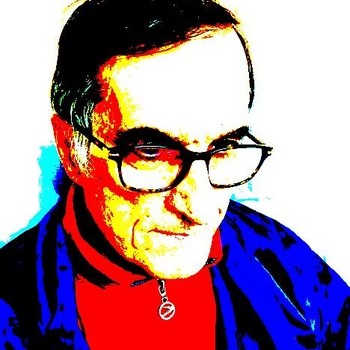No initial current in the inductor, switch in open state find: (a) Immediately after Close, #I_1, I_2, I_3, & V_L#? (b) Close long #I_1, I_2, I_3, & V_L#? (c) Immediately after Open, #I_1, I_2, I_3, & V_L#? (d) Open Long, #I_1, I_2, I_3, & V_L#?
1 Answer
Considering two independent currents
loop 1)
loop 2)
Substituting
The constant
Substituting
Now we can answer the items.
a)
b)
c)
d)

